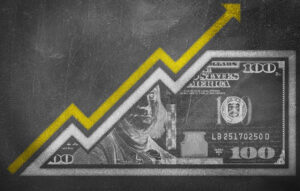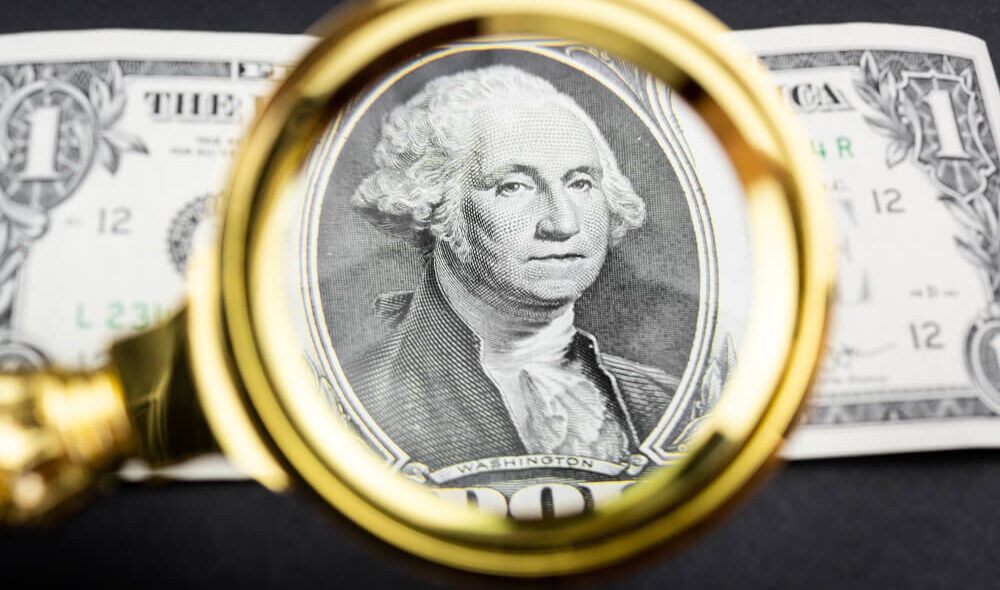I was born in the 1970s, but I don’t remember much of it. I was three years old when the decade ended.
Regrettably, I do remember shag carpet. To my family’s everlasting shame, we had it in our home well into the late 1980s.
Apart from shag carpet and earth tones, the 1970s were best known as the decade of stagflation. The United States experienced the unfortunate combination of high inflation and economic malaise.
These things shouldn’t go together. Inflation is supposed to be a byproduct of growth. You’re not supposed to have high inflation and high unemployment at the same time.
I bring this up because, with the Federal Reserve pumping $120 billion of liquidity into the market every month, inflation is a real threat for the first time in decades.
That’s a big deal.
If you aren’t prepared for inflation, it can take a wrecking ball to your portfolio.
The Two Faces of Inflation
 Not all inflation is created equal.
Not all inflation is created equal.
You can break down most inflation into the “demand-pull” and “cost-push” varieties.
If there is such a thing as good inflation, it would be demand-pull inflation. This is when excessive demand leads to rising prices. If the cost of living increases because the economy is booming and people are throwing a lot more money around, that may not be a cause for concern.
Cost-push inflation is the nasty one. This is what you get when crimped supplies cause shortages. Think crude oil in the 1970s. Oil embargos created shortages, which caused prices to soar with no real change in demand. Cost-push inflation is what gives you stagflation.
So, where are we today?
To the extent we have inflation — and I should be clear that it is still very muted — it’s mostly the demand-pull variety. Supply-chain mishaps due to the pandemic and the semiconductor shortage lead to cost-push inflation in a few pockets of the economy.
Stepped-up unemployment benefits, COVID-19 relief checks and almost unlimited asset purchases by the Fed are boosting demand.
The takeaway: We’re not likely to see a repeat of 1970s-style stagflation, or at least not anytime soon. To the extent we get rising prices, soaring demand is the cause for the most part.
What Happens Now?
The Fed has made it abundantly clear that it considers 2% inflation “about right.” The number may run a little hot over the next year or two. But 2% is the annual rate the Fed wants to see over the long term.
That might not sound all that bad. But consider this: 2% per year compounded gets you to 22% over 10 years. That means the value of a dollar today gets chopped down to just 78 cents a decade from now.
So, while 2% inflation might not sound like a big deal, it isn’t much to worry about in a single year. But it’s insidious over a longer time frame. It sneaks up on you, and it will wreck the value of your savings.
So, how do you protect your portfolio from inflation?
Gold and real estate are traditional inflation hedges. And both have done a good job of diversifying a stock portfolio over time. Bitcoin and other cryptocurrencies have stepped up to perform much of the same role. Inflation-protected bonds like TIPS are a solid option as well.
Of course, simply making good investments gets you most of the way there. We expect the stocks we recommend in Green Zone Fortunes to outperform the rate of inflation by a good margin over time. And our historical data backs it up.
In fact, our rules-based approach helped Green Zone Fortunes subscribers lock-in average gains of 50% with an average hold of 110 days since July 2020.
Adam spent years developing the Green Zone Ratings system, and we used it to find each of these recommendations. We used the six-factor system to create our own “rules” for investing. If you’d like to see how to gain access to our research, our model portfolio, monthly stock selections and details on Adam’s Millionaire Master Class, click here.
To safe profits,
Charles Sizemore
Editor, Green Zone Fortunes
Charles Sizemore is the editor of Green Zone Fortunes and specializes in income and retirement topics. Charles is a regular on The Bull & The Bear podcast. He is also a frequent guest on CNBC, Bloomberg and Fox Business.






